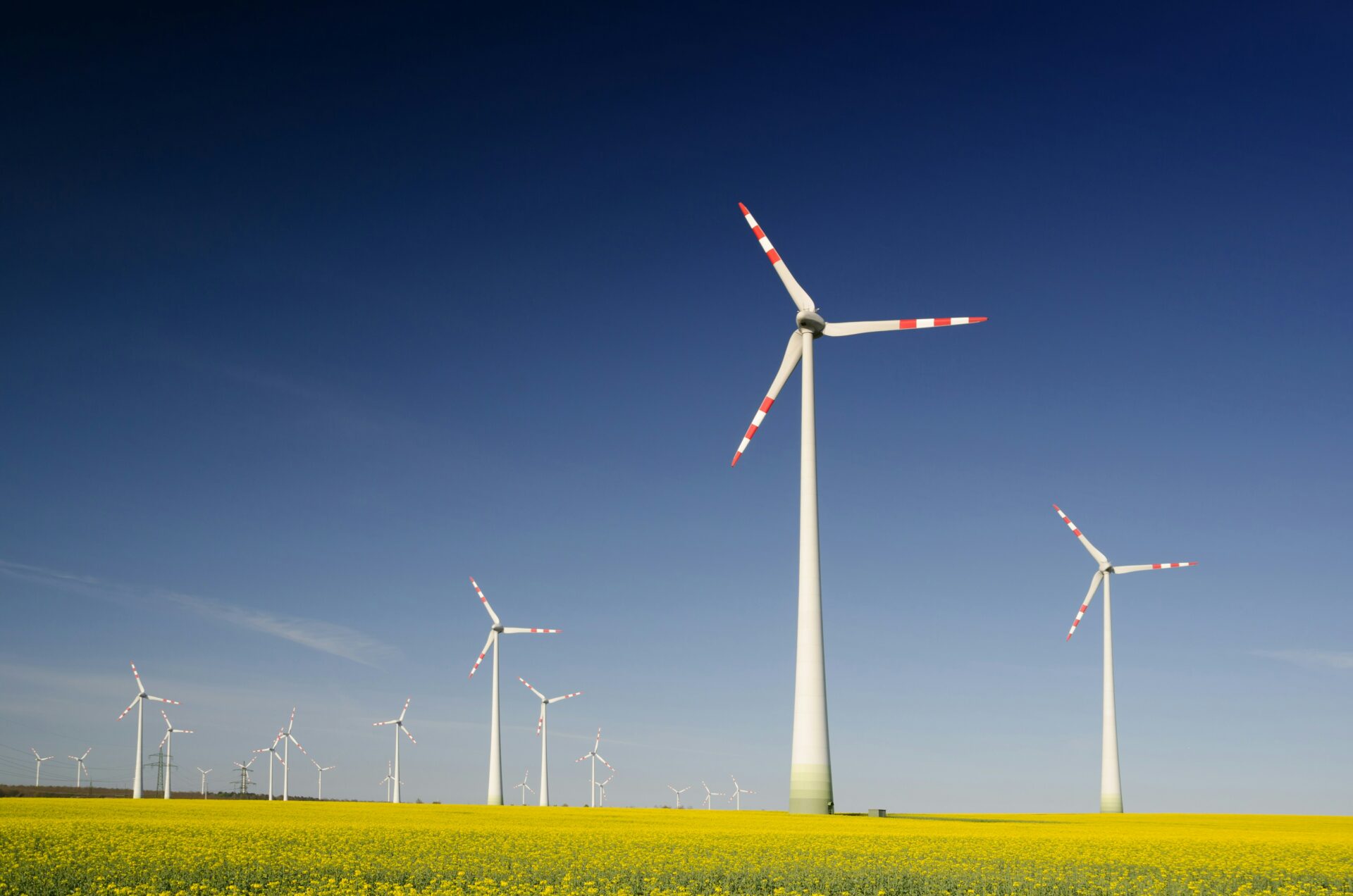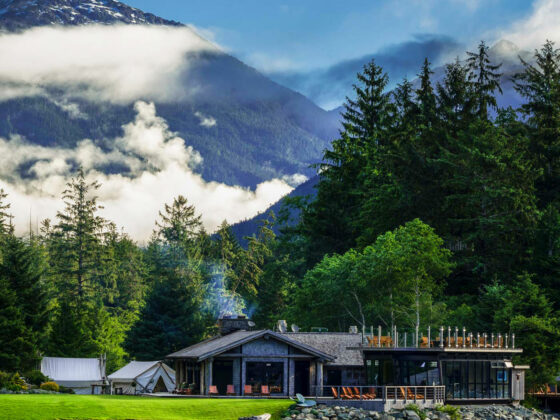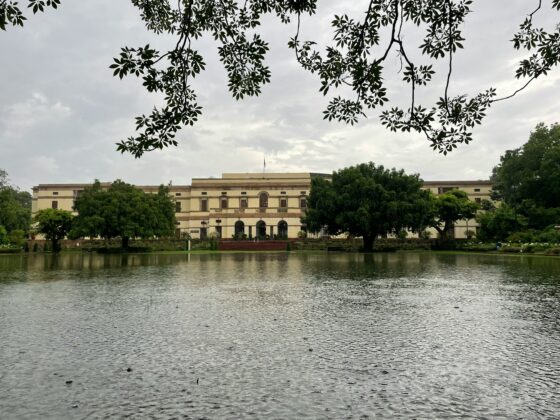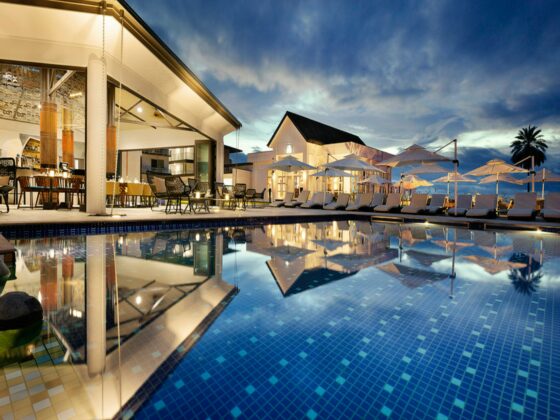
Travelers are increasingly looking for sustainable travel options, vetting hotels more cautiously, particularly on the coasts where the impact of climate change often appears more front and center. In fact, ‘sustainable luxury’ is a growing trend in the hospitality space where indulgence meets ecological responsibility.
The reality is sustainable hospitality is as much a wish list item for consumers as it is a business advantage – hotel executives just need to understand where the two intersect and tap into one big key to going greener: new technology.
Starting with the intuitive, there are plenty of easy ways technology can push forward sustainability goals while simultaneously making the guest experience better. The data showing that guests value technology already exists – reports find 58% of guests believe AI can help improve their hotel stay and about 57% of millennials expect features like mobile check-ins, digital room keys, and personalized in-app experiences.
With new tech like mobile concierge services, for example, hotels can provide guests with access to information and services through a mobile app that reduces the need for printed materials. Lots of hotels incorporate smart room technology as well to better regulate room temperatures and reduce energy waste when rooms are vacant. Evidently, this meets the need for an increasing emphasis on tech-forward guest experiences while also making eco-friendly changes a top priority.
There’s also a key untapped way to move sustainability goals forward that hotel executives and the larger hospitality industry are missing, and it deals with waterway transport. We know the maritime industry causes significant harm to oceans and waterways, especially with the types of vessels widely used now. Riverboats, barges and yachts are all wreaking havoc on the environment. The annual CO2 emissions of the top 300 superyachts is almost 285,000 tons and burning diesel fuel is harmful to both air and water quality. Hotels have a responsibility to ethically source and vet their vendor partners, and if they partnered with electric hydrofoiling (e-foiling) vessels (like the EV revolution for but boats), they’d be contributing to cleaner oceans and significantly less carbon emissions.
So, how does that improve the customer experience? There are a few ways:
- E-foiling vessels are quieter than other boats. Noise pollution can sour a tourist’s experience. We are increasingly seeing ‘wellness’ as a key motivator for travel, and noise pollution can quickly taint a traveler’s visit if they’re trying to enjoy a relaxing getaway in the Maldives or the California coast. With e-foiling vessels, everything from hotel-recommended excursions to the means of transportation around the city can be less noisy and yield a far better guest experience.
- They’re healthier for visitors. Exhaust from marinas and ports is often irritating and smelly, which a huge turn-off for guests and a quick way to taint a luxury resort’s pristine reputation. With electric-powered vessels, there’s virtually no carbon emissions, which enables guests to breathe cleaner air and have a more pleasant experience. As a plus, diesel fuel also comes with a high price tag, especially when ferries operate with more than 100+ gallons per tank. The cost savings are just the icing on the cake.
- A more comfortable rider experience. Lots of travelers look for aquatic excursions like sunset cruises and premium snorkeling experiences, but with 1 in 3 people susceptible to motion sickness, these activities aren’t always accessible to entire travel groups and can make an individual’s experience their worst nightmare. Hotels and vendor partners ought to work towards integrating e-foiling vessels into their guest experiences to eliminate seasickness as a concern and make the guest experience all the more enjoyable.
Ultimately, we can think about the small changes like temperature-controlled rooms in which technology can heighten the customer experience while working towards a greener Earth. But hotel executives shouldn’t count out larger shifts in areas like transportation that can have a domino effect on the environment as well.








